Mystical Sun Spectacle
Aswan
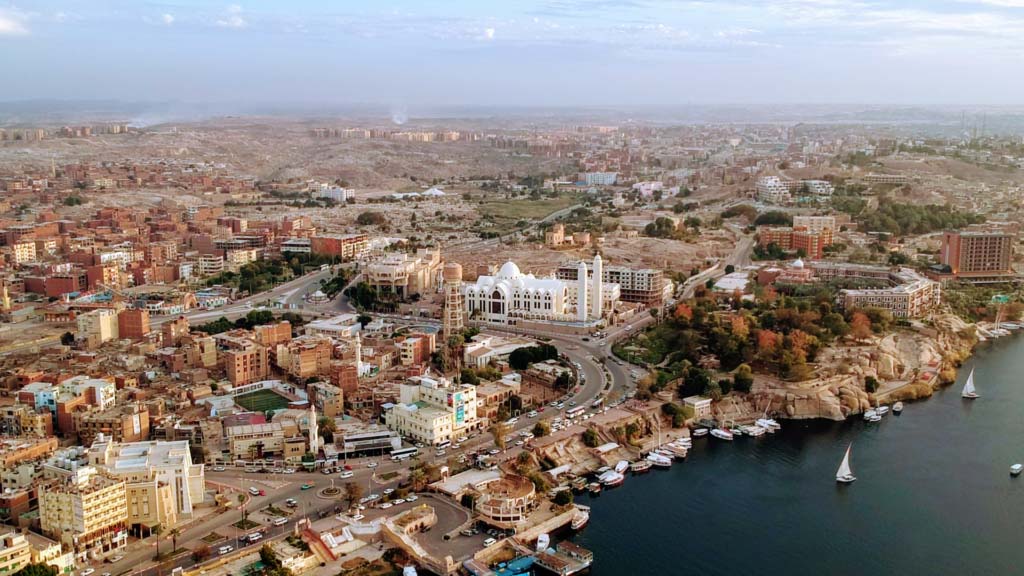
In ancient times, Aswan had an important role as a supplier of granite and rose granite, plutonic rock mined in nearby quarries and shipped north. Obelisks, statues and monolithic shrines were quarried from the rock and delivered prefabricated. The quarries extended south to the island of Philae. Since 1979, they have belonged to the UNESCO World Heritage Site.
On the river island Elephantine, traditional irrigation fields are being cultivated under shady trees on small plots. The settlement called “traditional Nubian village” wants to serve a cliché and has nothing to do with it. The ruins of the ancient city of Elephantine have been a UNESCO World Heritage Site since 1979 as part of the “Nubian Monuments from Abu Simbel to Philae”.
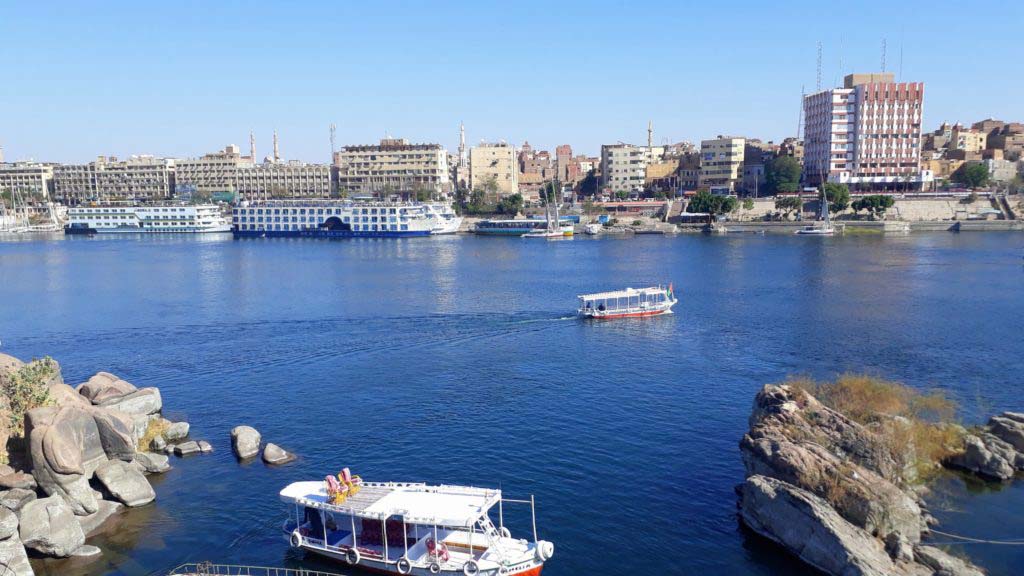
About 8 kilometers (8 miles) south of Aswan is the Temple of Philae. The temple complexes are located on the island of Agilkia, after they were removed from 1977 to 1980 from the actual site, the now flooded island Philae, and rebuilt about 600 meters (0.37 miles) northwest on the higher terrain of Agilkia.
Today, Aswan, the southernmost city in Egypt, mainly serves as the starting point for Abu Simbel.
ABU SIMBEL

The village of Abu Simbel, which has just over 2,600 inhabitants, is located in southern Egypt near the border with Sudan. It is famous for the rock temples of Pharaoh Ramesses II built in the 13th century BC: the great temple to the glory of Ramesses II and the small temple of Hathor in memory of his royal wife Nefertari. Both temples have been on UNESCO’s World Heritage List since 1979.
After a relocation in the 1960s, today they rise on an island in Lake Nasser, which is connected on the northwest side by a passable dam with Abu Simbel. At the time of Ramesses II, the southern border of the pharaonic kingdom was nearby. The construction of the temples of Abu Simbel at that exact place was to demonstrate the power and eternal superiority of Egypt towards the tributary Nubia.
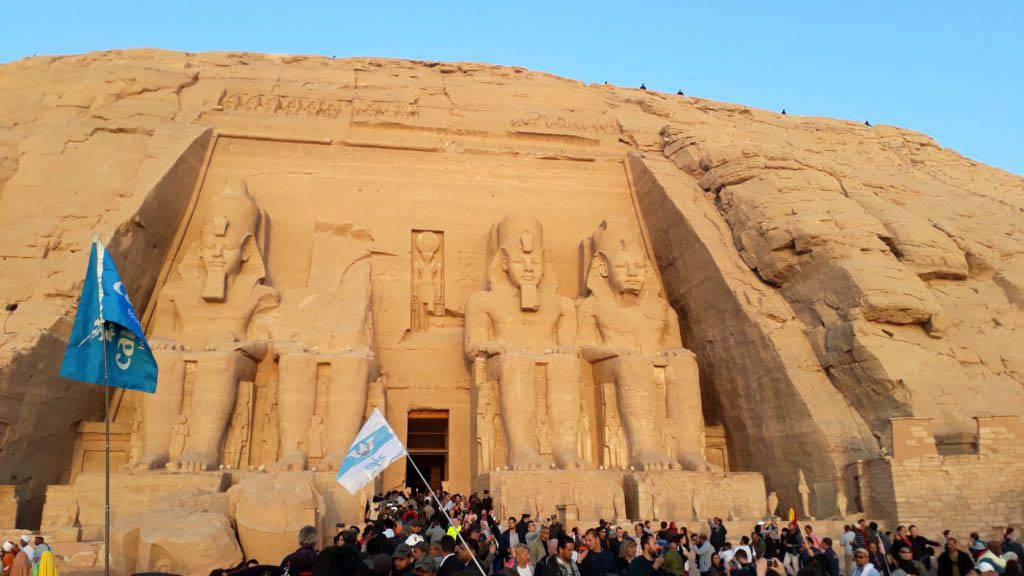

We were at the temples of Abu Simbel during the so-called Miracle of the Sun on February 22. Only twice a year (on February 22 and October 22), the rays of the rising sun penetrate the sculptures, which are otherwise in the dark, inside the sanctuary, some 65 meters (213 feet) beyond the temple entrance.
There, they illuminate three of the four gods: from the right side, the sun god Ra, Ramesses II, the kingdom god Amun and Ptah, the god of darkness, who always remains in the dark, even in these 20 minutes.
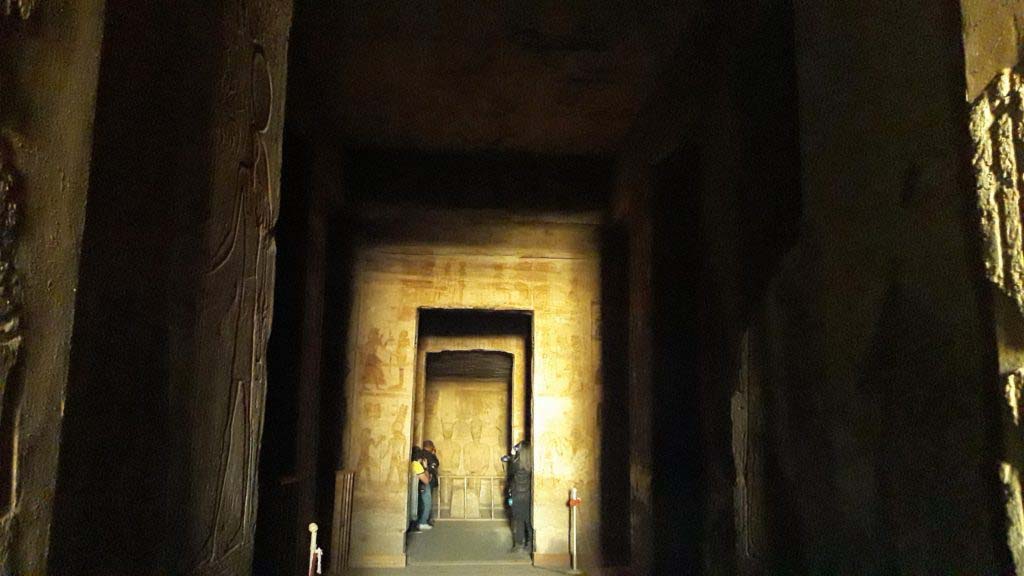
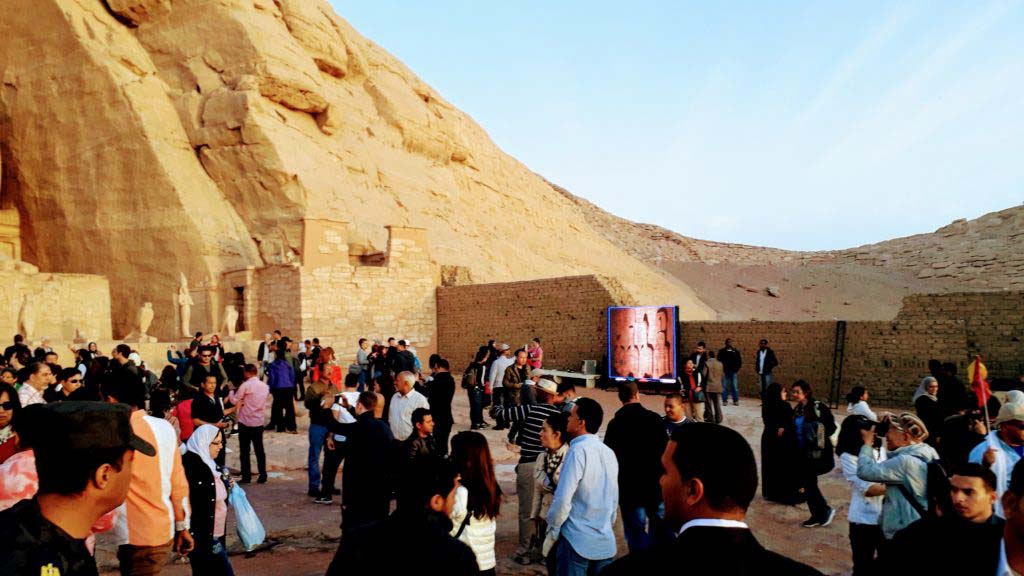
Chaotic Big City Bustle
CAIRO
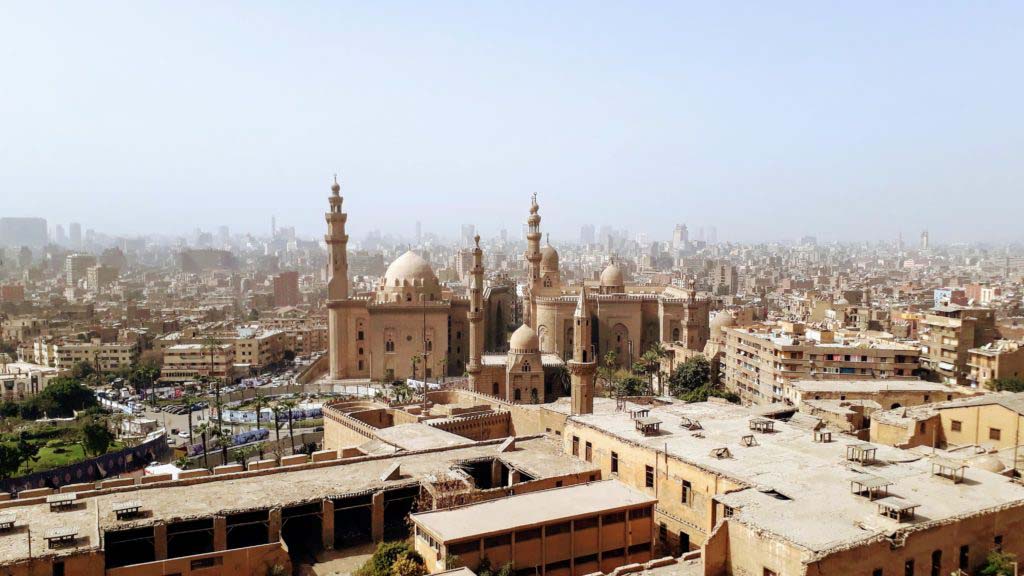
The capital of Egypt and the largest metropolis of Africa and Arabia is the political, economic and cultural center of Egypt and the Arab world. The Greater Cairo metropolitan area is one of the most densely populated urban regions in the world, with up to 25 million estimated inhabitants.
Cairo is the most important transportation hub in Egypt and has numerous universities, colleges, theaters, museums and monuments. The old city of Cairo is an ensemble of Islamic architecture and has been recognized as a World Heritage Site by UNESCO since 1979. We personally liked the Al-Azhar Park, the Citadel of Saladin, the Sultan Hassan Mosque and the Abdeen Palace best.
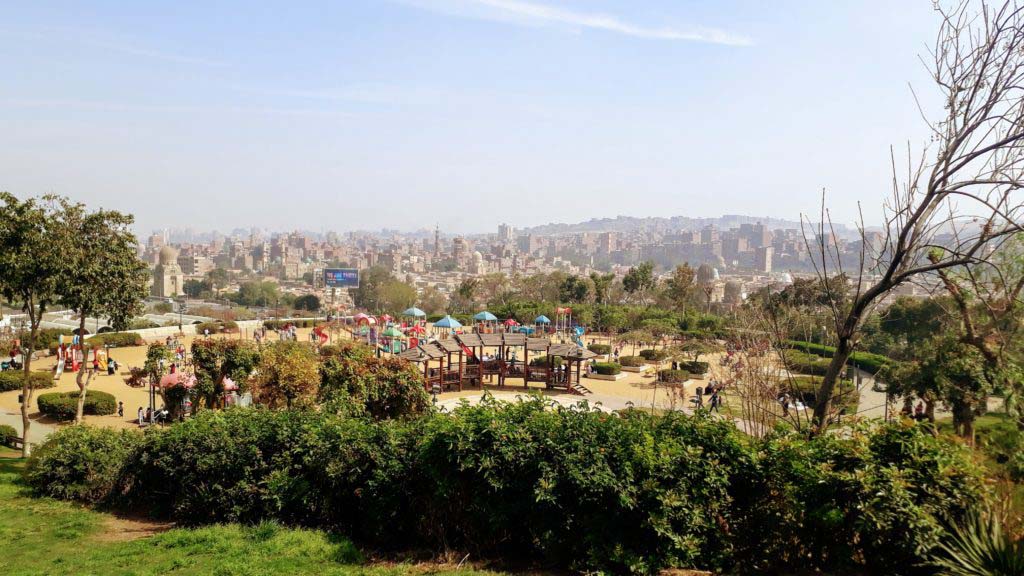
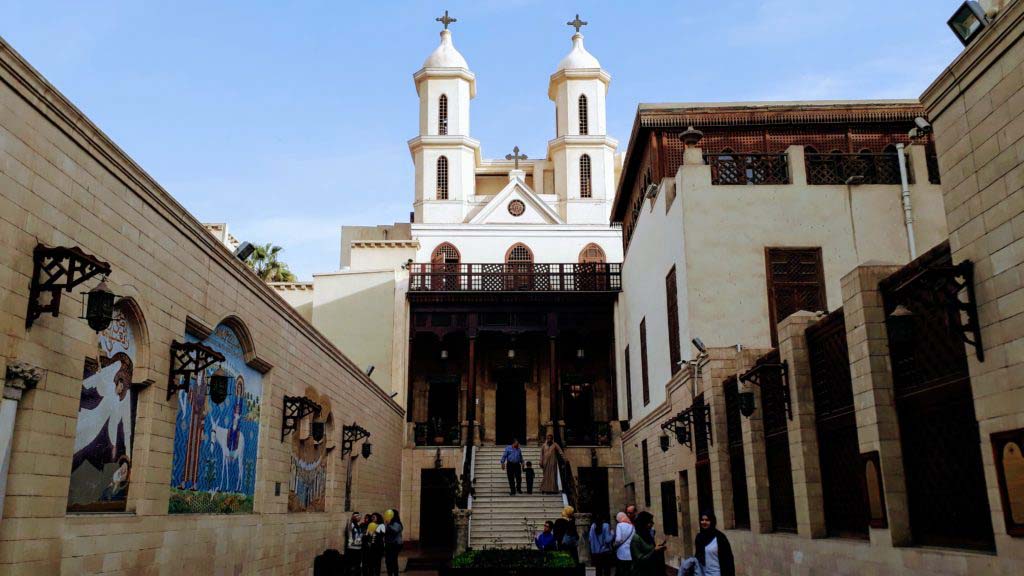
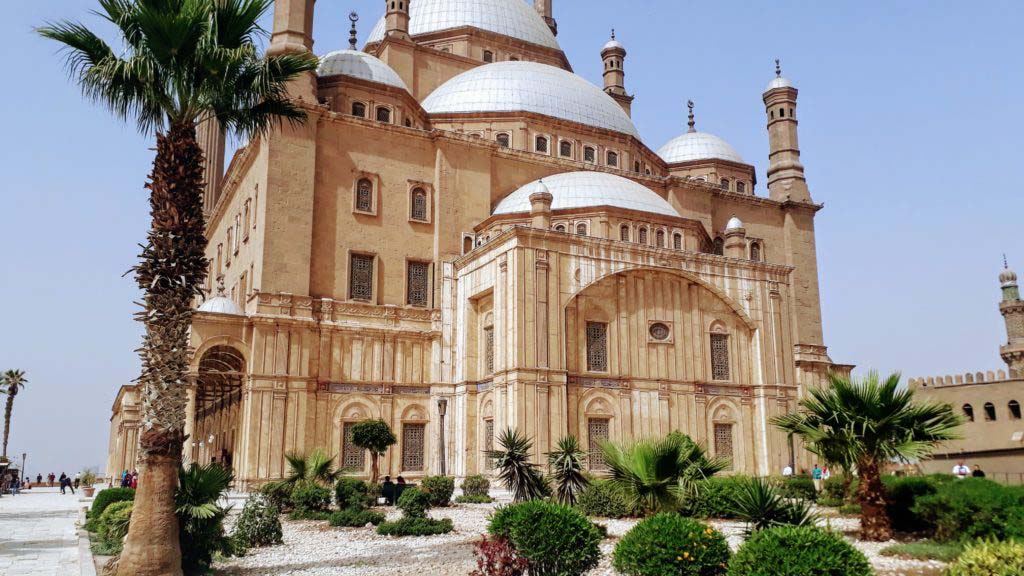
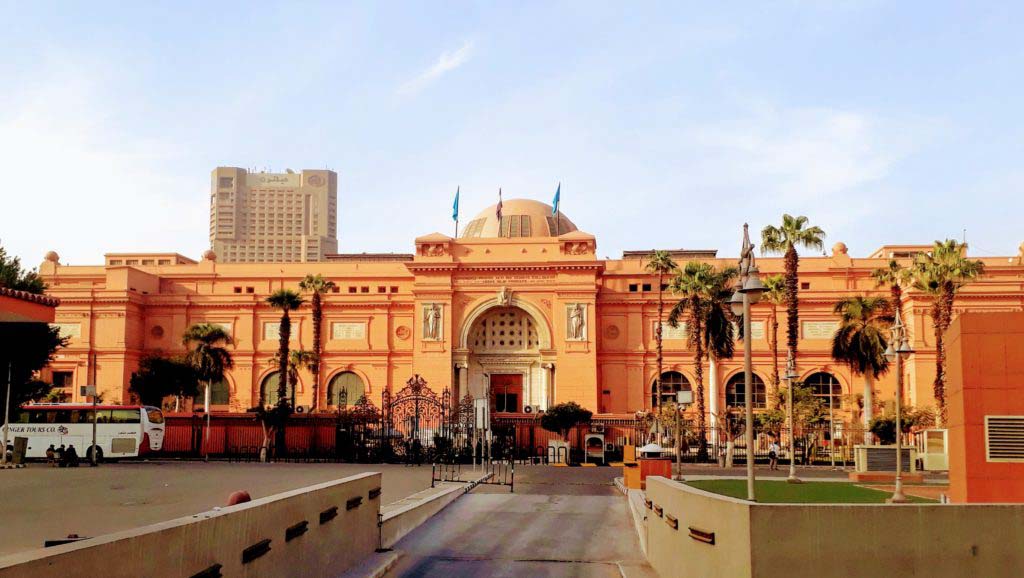
Oldest Wonder of the Ancient World
Giza

Who doesn’t know them – the Sphinx and the Great Pyramids of Giza? The landmarks of Ancient Egypt are located in what is now the third-largest city of Egypt on the west bank of the Nile.
The Great Sphinx of Giza has been sticking out from the sands of the Egyptian desert for more than four millennia and is by far the most famous and largest sphinx. It represents a reclining lion with a human head and was probably built in the 4th dynasty during the reign of Khafre (around 2520 to 2494 BC, according to other sources 2570 to 2530 BC).
The statue was carved into the remainder of a limestone hill, which served as a quarry for the pyramids. As a result, it is located in a hollow that over time has been replenished by shifting sands, making it often stick only with the head out of the sand for centuries. Paint rests on the ear suggest that the sculpture was originally colored. Today, the Sphinx is about 73.5 meters (241 feet) long and 20 meters (66 feet) high.
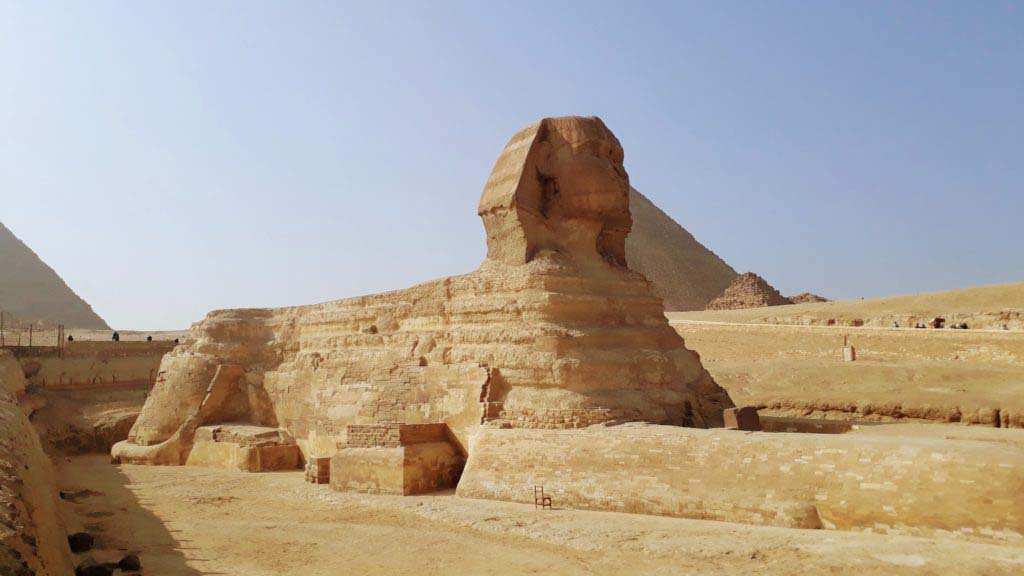
The pyramids were constructed from about 2620 to 2500 BC in the 4th Dynasty and are among the most famous and oldest preserved buildings of mankind. They were built on a limestone plateau of about 1000 by 2000 meters (3280 by 6560 feet). With the construction of the pyramids emerged satellite pyramids, temples, burial grounds and workers’ villages.
It is noteworthy that in the construction of the pyramids no wheeled wagons were used, although the Egyptians probably already knew the wheel at that time. Height differences in the construction were overcome by pulling the loads on inclined planes. It is by far the oldest of the Seven Wonders of the Ancient World and at the same time the only one still in existence. Thus, it has been a World Heritage Site since 1979.
The oldest, largest and probably most famous pyramid is the one of Pharaoh Khufu, which is why it is also called the “Great Pyramid”. Khufu ruled about 2620-2580 BC (according to another source to 2604-2581 BC). The Pyramid of Khufu was originally 146.6 meters (481 feet) high. Today it still measures 138.75 meters (455 feet) and is thereby still the highest pyramid in the world.

In the middle of the three pyramids is that of the ancient Egyptian King Khafre, who ruled from about 2558 to 2532 BC. The Pyramid of Khafre was originally 143.5 meters (470 feet) high, of which today 136.4 meters (448 feet) are left. However, it seems larger than the Pyramid of Khufu due to its location about 10 meters (33 feet) higher. Like the Pyramid of Khufu, it was completely covered with limestone slabs.
The smallest of the three pyramids is the one of Pharaoh Menkaure. He ruled from about 2532 to 2503 BC. The Pyramid of Menkaure was originally 65 meters (213 feet) high, which is less than half the height of the other two pyramids.
For quite some time, in particular the Sphinx and the valley temples are endangered by a rising groundwater level. The reason for this is a newly installed sewage system in the neighboring village of Nazlet Al-Seman and a new irrigation system in the area of Hadae Al-Ahram. In early June 2012, the Giza Inspectorate installed a state-of-the-art pumping facility to pump groundwater out beneath the Sphinx. Ecologists and hydrologists warn that due to the large amount of pumped out water, the surface lowers and thus increases the risk of erosion. This could cause the Great Sphinx and Pyramids of Giza to collapse.
Mediterranean Flair
ALEXANDRIA
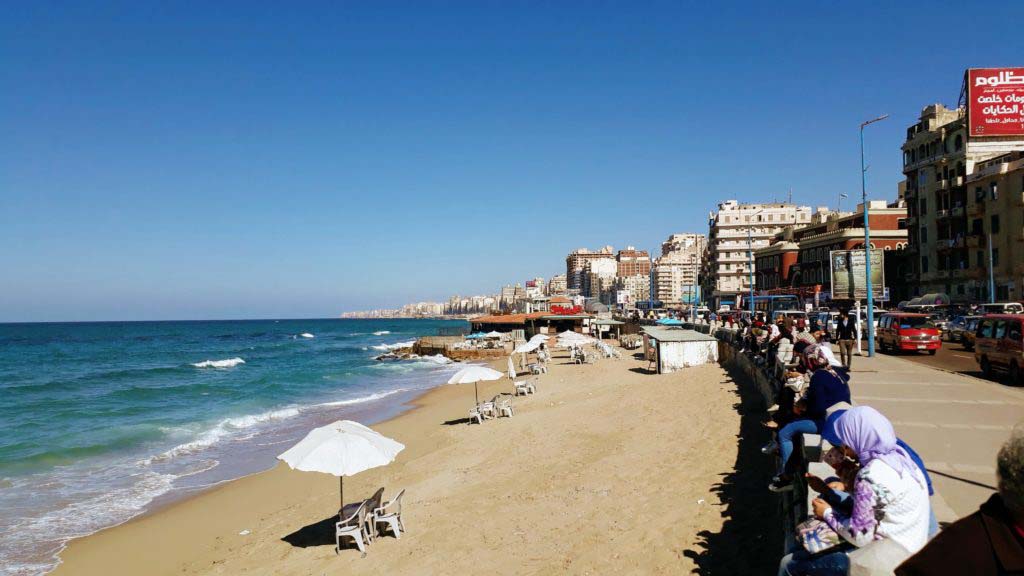
Located at the Mediterranean, the second-largest city in Egypt with more than 4.3 million inhabitants was founded in 331 BC by Alexander the Great. Ancient Alexandria was best known for its lighthouse, one of the Seven Wonders of the Ancient World, and for its Great Library. Today it has the largest seaport in Egypt, where about 80 percent of Egypt’s foreign trade is handled.
The Lighthouse of Alexandria was, according to tradition, the first lighthouse ever and until the 20th century with about 115 to 160 meters (377 to 525 feet) the tallest lighthouse ever built. Due to the proximity to the small island of Pharos, it has been called Pharos of Alexandria since ancient times. The lighthouse of Alexandria was the youngest of the Seven Wonders of the Ancient World. Originally, the wonders of the world list included the city walls of Babylon. Since they had disintegrated in the Hellenistic period, they were replaced in the list by the lighthouse.
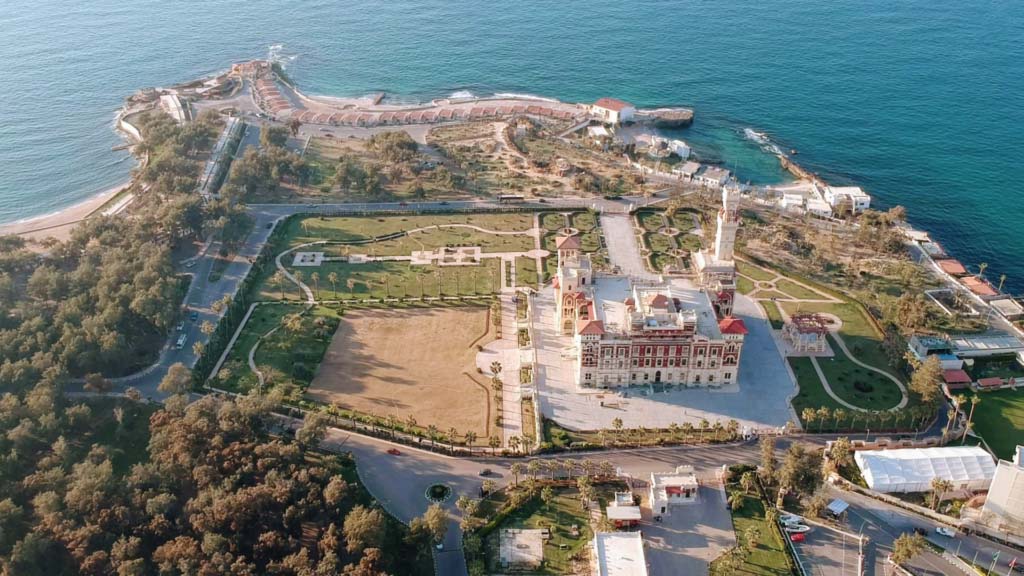
The Great Library of Alexandria is still famous today. It is considered a legendary archetype of a universal library and ideal knowledge storage. Together with the Musaeum, it made the city the intellectual center of the ancient world. More than a million scrolls were stored in the library rooms and formed the canon of the sciences at that time. The neighboring Musaeum (“Temple of the Muses”) was a supraregional forum of artists, scientists and philosophers. It was the center of the Alexandrian School, where, for example, Hero, Ptolemy and Euclid taught and researched. The Alexandrian epoch is named after it.

In April 2002, the Bibliotheca Alexandrina cultural center was opened near the site of the ancient library. It is both a commemoration of the Great Library of Alexandria that was lost in antiquity, and an attempt to rekindle something of the brilliance that this earlier center of study and erudition represented. The new library was built under the auspices of UNESCO and the Egyptian government and has 2,000 reading spaces and shelves for 8 million books. The area houses the library, museums and galleries, several research institutes, an event center and a planetarium.
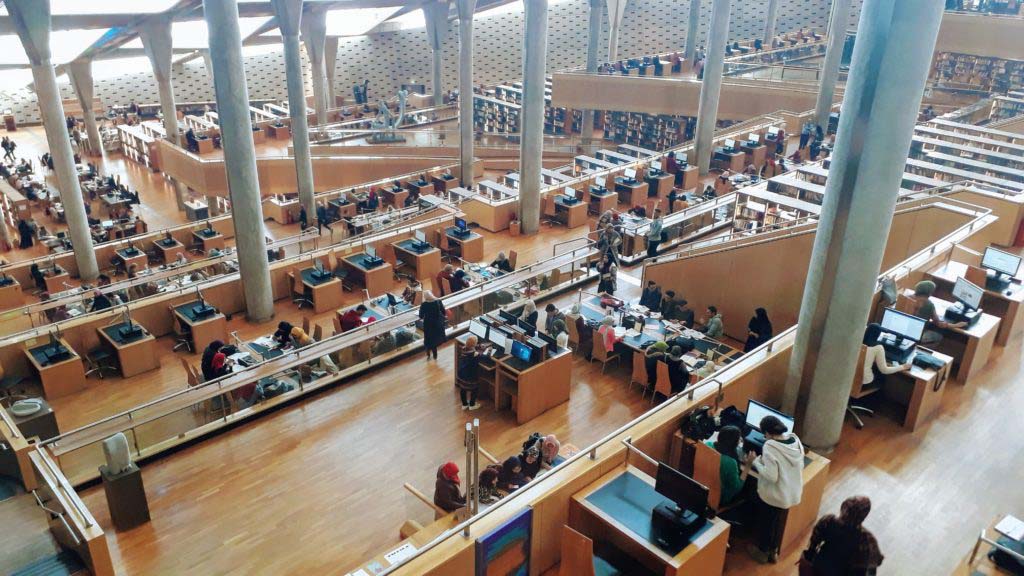
ABU MENA

Abu Mena is a rather unknown town in the desert, near theBorg El Arab Airport. It is one of the most important Christian pilgrimage shrines of late antiquity. The original monastery was destroyed during the Muslim conquest of the once Christian Coptic-speaking Egypt in the middle of the 7th century by the Arabs. In 1979, it became a World Heritage Site by UNESCO.
Since the middle of the 20th century, a newly founded Coptic monastery in Abu Mena has been one of the most important places of Christian life in Egypt.

Admission Fees
In general, the entrance fees to all these attractions are quite low, but tourists pay a multiple of what Egyptians and Arabs pay (sometimes more than 10 times more). Students under 30 usually pay half, so do not forget your student card! Make sure to get the official tickets with the stamp (see photo).
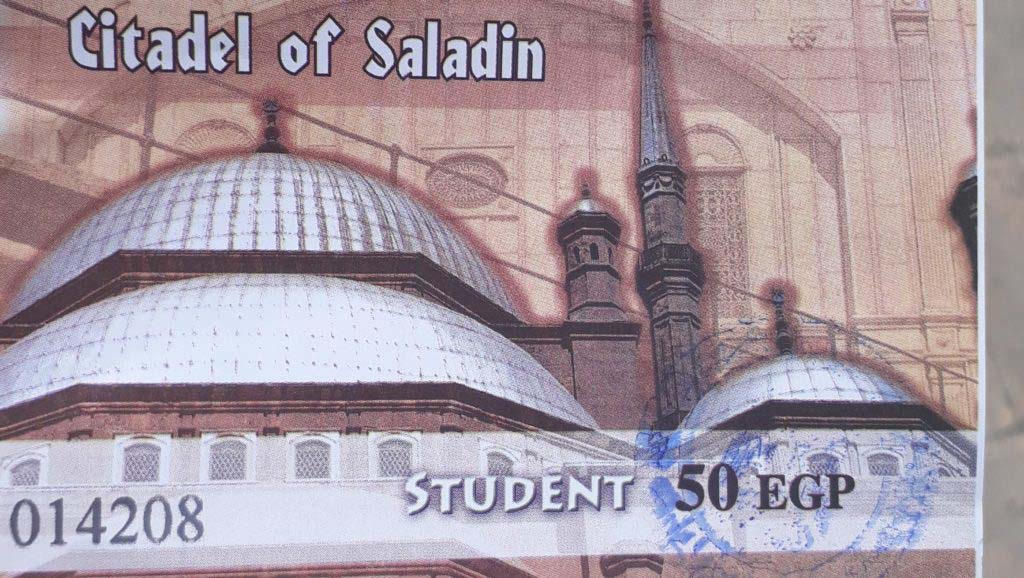
These were our personal Egyptian highlights. We highly recommend you to leave your resort and explore the land of the Pharaohs as well. Egypt is easy and cheap to travel on your own. More information can be found in the next articles about our accommodations, transportation, criticism and general tips for Egypt (visa, SIM card, …). Another highlight is, of course, the food! What to eat and where, you will learn here.
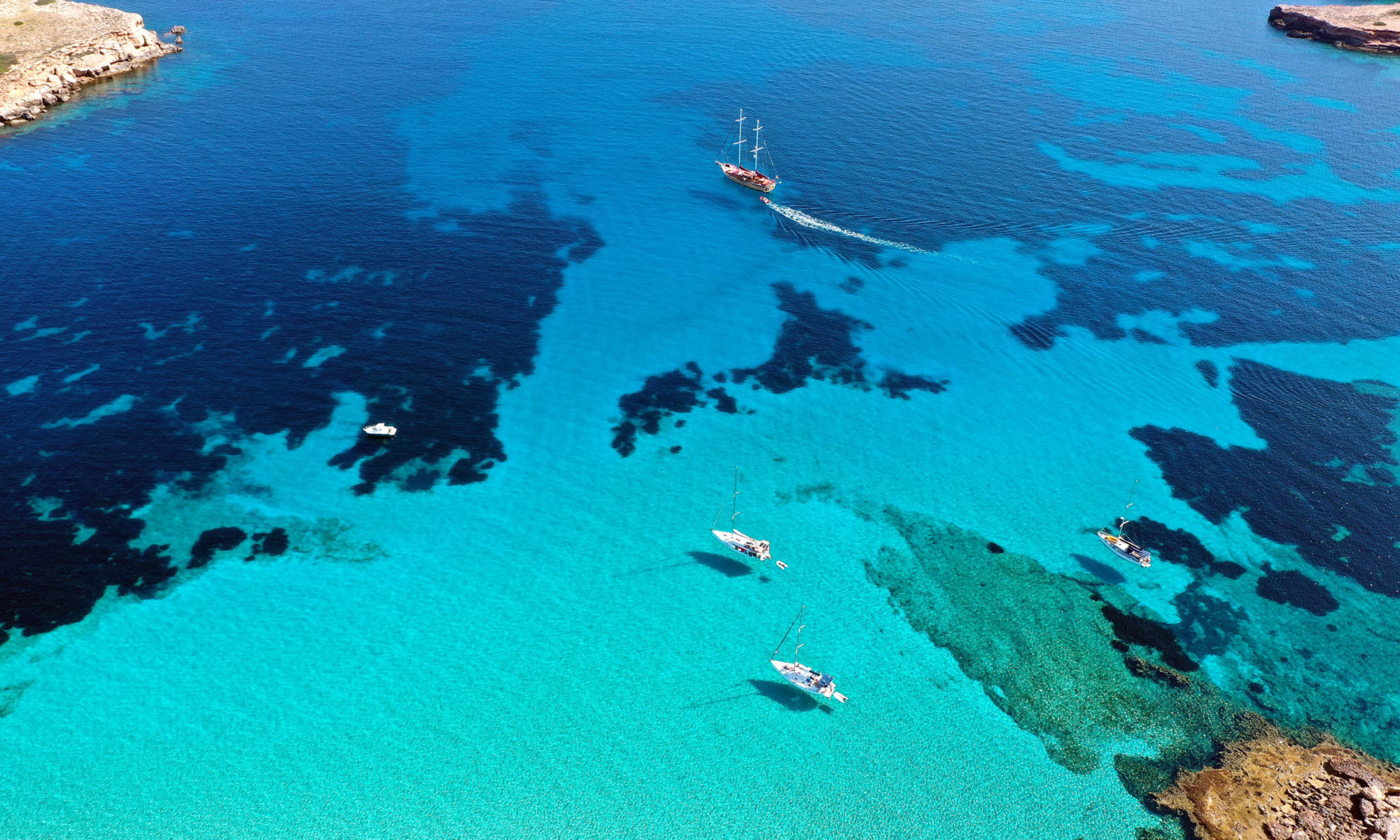
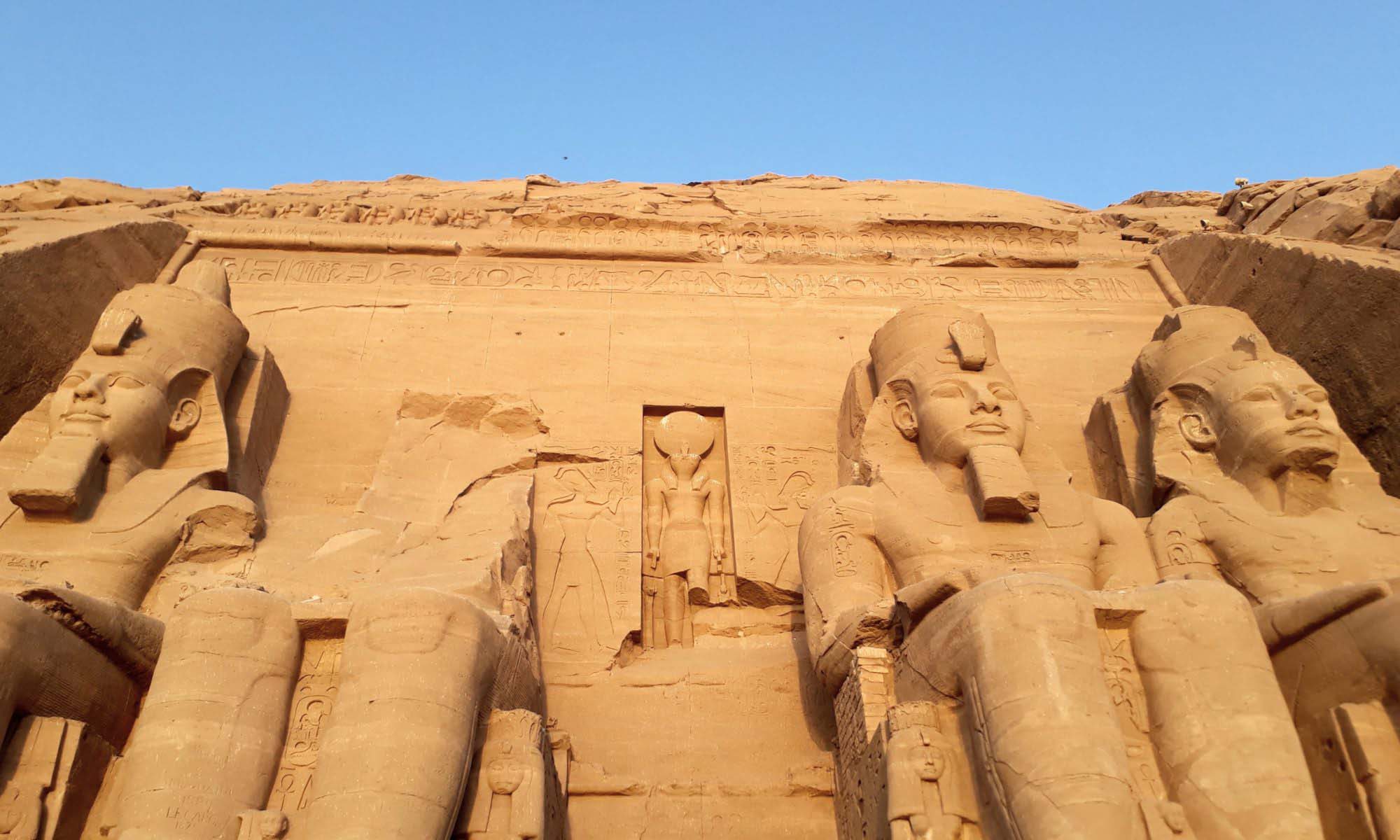
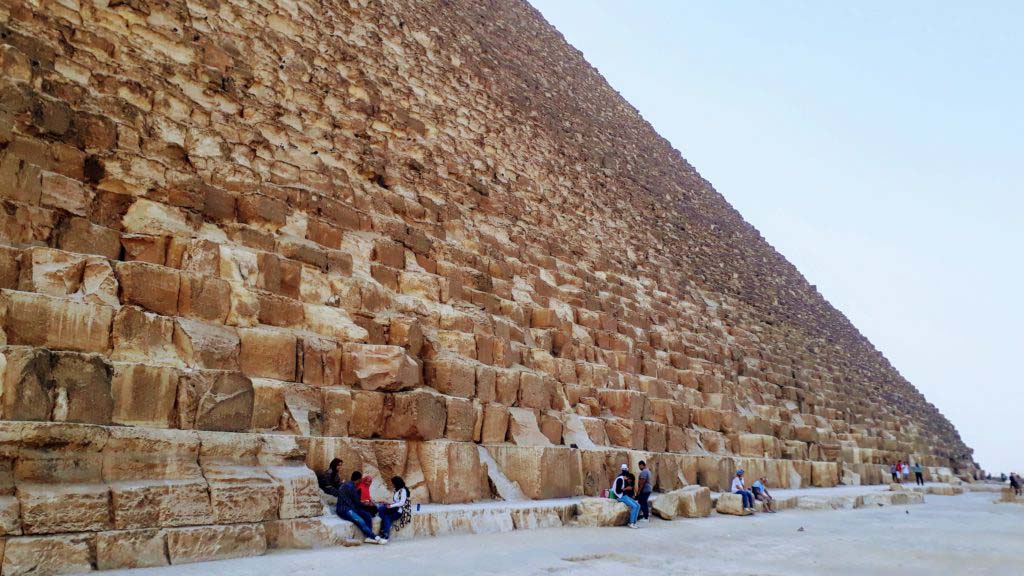



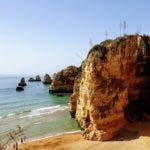
Hi, I’m traveling to Cairo, Egypt from Atlanta, Georgia in September and would like to take my drone. Did you have trouble transporting your drone through customs or obtaining permission from the Egyptian government?
Hi Alexis,
Unfortunately, permissions are granted only very rarely. Although it’s sometimes still possible to get your drone through customs, be prepared for being controlled very often.
Did you get permission, or did you just go through and hope for the best? If you got permisssion… how? I couldn’t find anywhere to contact for a standard permission form like some countries have, like Lebanon.
I imagine a foreigner would not be arrested (unless they were doing something really outrageous like flying their drone over a military base) but I imagine the risk of confiscation is pretty high…
Hi,
Please can I ask whether you would licence some of your footage of Egypt for a documentary? And please could you let me know soon as poss? We can discuss rates and all.
Many Thanks
Best Wishes
Jo Stones
We sent you an E-Mail 😉